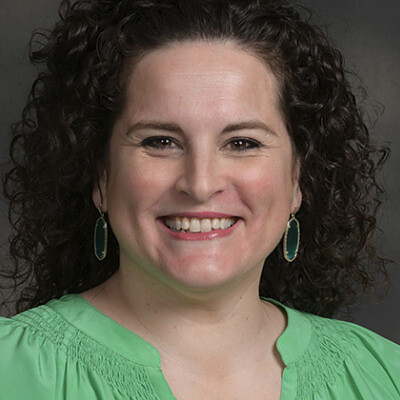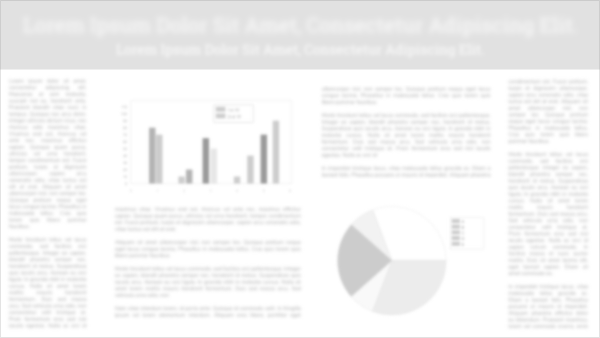Improving Patient Care Through Improved Communication: An Interactive IPE Lab Experience Between MSLP and DPT Students
Improving Patient Care Through Enhanced Communication: An Interactive IPE Lab Experience Between MSLP and DPT Students
Background
Healthcare teams face significant challenges in effective collaboration, often stemming from limited understanding of complementary professional roles and communication barriers. While graduates are expected to function as contributing team members upon entering clinical practice, traditional instructional methods like didactic instruction and reflective journaling inadequately prepare students for real-world interprofessional collaboration. This study addressed the need for experiential interprofessional education (IPE) focusing on dysphagia management, where physical therapists and speech-language pathologists must collaborate to ensure patient safety through proper positioning and diet modifications.
Design/Methodology
Faculty from DPT and MSLP programs developed an interactive skills laboratory using peer-teaching methodology. The experiential lab focused on dysphagia and positioning, where DPT students educated MSLP students on positioning and mobility devices, while MSLP students taught DPT students about IDDSI therapeutic dysphagia food and liquid levels. Students engaged in hands-on, immersive education through their respective professional lenses, culminating in collaborative case study analysis. The lab was structured around four learning objectives: understanding team-based care delivery, explaining various team member roles, describing interprofessional complementarity, and building confidence through peer teaching.
Results
Qualitative and quantitative data collection revealed positive student perceptions regarding the peer-teaching IPE experience. Students demonstrated improved understanding of complementary professional roles and enhanced confidence in discipline-specific skills through teaching peers. The experiential format successfully facilitated active learning and practical application of interprofessional collaboration principles. Students reported increased appreciation for the necessity of teamwork in ensuring patient safety, particularly in complex cases requiring both positioning expertise and dysphagia management.
Conclusion
The pilot IPE lab successfully demonstrated that peer-teaching methodologies can effectively prepare students for interprofessional collaboration in clinical settings. The experience addressed IPEC Core Competencies while providing practical, hands-on learning opportunities that traditional didactic methods cannot achieve.
Reflections/Lessons Learned/Implications
This innovative approach supports integrating peer education and interprofessional opportunities into physical therapy academic preparation. Based on student feedback, ongoing modifications to lab logistics and content are being implemented. Future iterations will consider incorporating entry-level nursing students to expand interprofessional learning opportunities, potentially creating a more comprehensive team-based educational experience that better reflects clinical practice environments.
Priority Criteria Fulfillment
This poster addresses workforce readiness by providing evidence-based IPE strategies that directly prepare students for clinical collaboration, supporting the Quintuple Aim of Healthcare through improved team communication and patient-centered care delivery.



